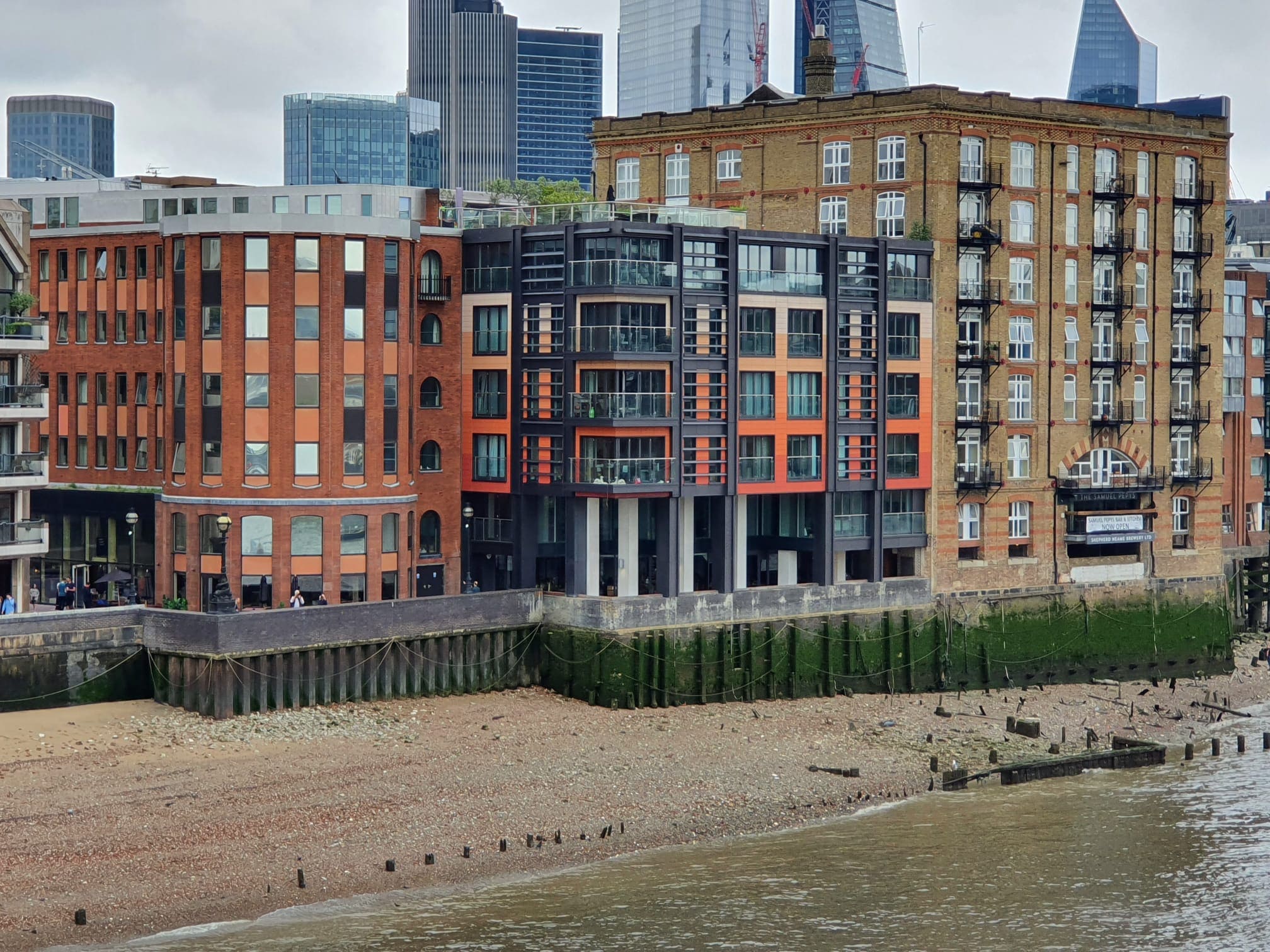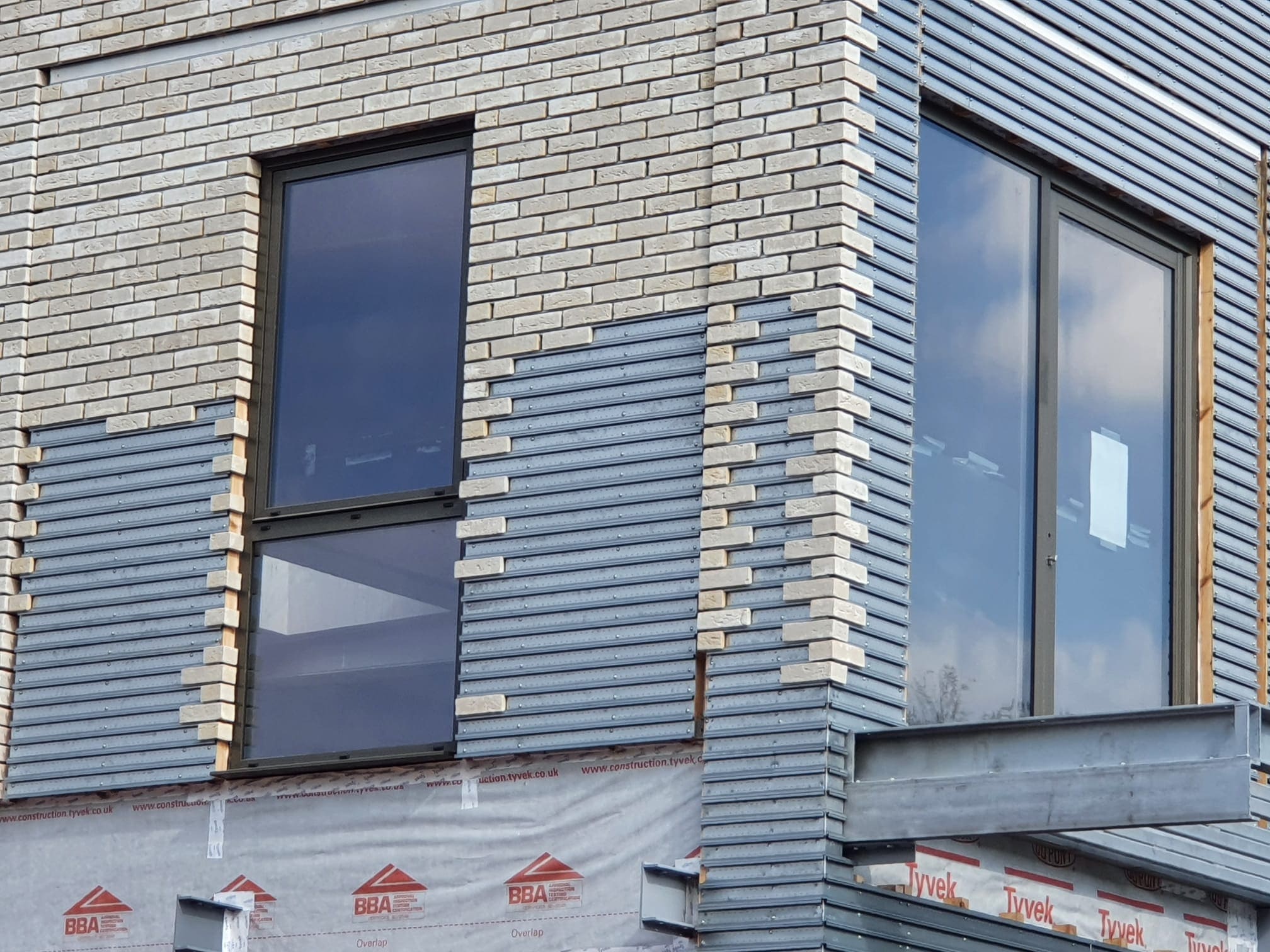What our customers are asking:
Building Liability Orders Background It is common practice that property developers set up a subsidiary company with very few assets to own and manage an individual development, and then be wound down once the development is completed. This practice can be used to secure investment in a project, in a long run it can also leave the developer group with no long-term civil liability. Given the current situation, Government has decided to intervene to help those affected find fair redress for building safety issues. What are we going to do?
The Building Safety Bill will grant a power to the High Courts which allows them to extend specific liabilities for one company to any other associated companies and make them jointly and severally liable, should the High Court considers it just and equitable to do s...
Read moreRead by(14)
What are the implications if the final price of the works exceeds the tender sum returned?
Best advice is to follow a formal specification and tender process, inviting owners to nominate contractors and to nominate a place where tenders can be inspected. The Contract Administrator’s job is to try to bring the contract in on budget, he or she should make ...
Read moreRead by(14)
What does a Section 20 Notice do?
Essentially Section 20 Notices aim to service charge payer’s reasonable consultation. For “works” there are up to 3 notices. Step 1 invites consultations about proposed expenditure from service charge payers and allows them to nominate a contractor. Step 2 details ...
Read moreRead by(13)
Does a Section 20 apply to all works?
No.Only when a service charge payer would have to contribute £250 or more.
Read moreRead by(12)
What are the risks if we want to carry out an informal consultation process?
Clearly, you would fall foul of specific legislation put in place to protect service charge payers, this is inherently risky. For emergency works you should start a formal consultation process and simultaneously apply to the Tribunal for a dispensation from the fu...
Read moreRead by(11)
Which liabilities could a Building Liability Order be applied to?
A claimant can request a Building Liability Order when a claim is made under the Defective Premises Act 1972, section 38 of the Building Act 1984 or any other claim which is incurred as a result of a risk from fire spread or structural failure.
Read moreRead by(11)
What is the consultation period for Section 20?
Stages 1 and 2 each provide 30 days for consultation and invite service charge payers to provide observations.
Read moreRead by(10)
how does The case of Johnson v County Bideford [2012] UKUT 457 (LC) deal with the issue of service charges in leasehold properties and the rights and obligations of leaseholders and landlords?
The case of Johnson v County Bideford [2012] UKUT 457 (LC) is a notable legal case that deals with the issue of service charges in leasehold properties and the rights and obligations of leaseholders and landlords.In this case, the claimant, Mr. Johnson, was a leaseho...
Read moreRead by(9)
What works does Section 20 cover?
Think practical works: Examples could include:building repairs and maintenance and also maintenance to installed plant and equipment. Works would not include cleaning, gardening or legal advice.
Read moreRead by(8)
How fast is BTR expanding?
Build to Rent, is a rapidly expanding segment of the UK housing market. BTR is increasingly contributing to overall housing supply. The British Property Federation (BPF), in collaboration with Savills, has reported the sector is growing by 14%+ a year.
Read moreRead by(8)
What are the 3 Notices called?
Stage 1 – Notice of intention. This notifies service charge payers of the planned works.Stage 2 – Notice of Estimates. This sets out quotations obtained for the work.Stage 3 – Notice of Reasons. If the contractor chosen was not the cheapest or is more expensive than...
Read moreRead by(6)
How is associated company being defined?
A company is associated with another company if one of them controls the other (parent companies) or if both are controlled by a third company (sister companies).
Read moreRead by(6)
What damages can be recovered?
Persons will be able to recover damages for physical damage (including injury and damage to property) as well as economic losses.
Read moreRead by(6)
Who can bring a claim under this cause of action?
Damages can be claimed by any person who has suffered a loss as a result of a dwelling being ‘unfit for habitation’. Developers can also recover a contribution under this cause of action from construction product manufacturers, for example if they were sued under the...
Read moreRead by(6)
What if the defaulting tenant lives outside the EU?
Usually jurisdiction is allowed in the country of residence of the defaulting Tenant. However, if our legal team is able to serve the Defaulting Tenant while they are in the UK we will do so. The alternative is to apply for special jurisdiction which would be time-co...
Read moreRead by(6)
What if the defaulting tenant lives outside the UK?
Our legal Team may be able to secure UK jurisdiction. Good management of ownership registers would seek a service charge deposit from an overseas buyer.
Read moreRead by(4)
What is ‘Section 20’?
Section 20 refers to Section 20 of the Landlord & Tenant Act 1985 (as amended by the Commonhold & Leasehold Reform Act 2002)
Read moreRead by(4)
We served a Stage 1 notice covering a wider scope of works than we now intend, what are the risks?
What you as Client need to consider is would the lessees have responded differently to separate notices of intention for separate projects and are you now prejudicing their statutory rights. A Tribunal may deem this to be too confusing to leaseholder and deemed non-...
Read moreRead by(3)
Ask our Experts
What our customers are asking:
Building Liability Orders Background It is common practice that property developers set up a subsidiary company with very few assets to own and manage an individual development, and then be wound down once the development is completed. This practice can be used to secure investment in a project, in a long run it can also leave the developer group with no long-term civil liability. Given the current situation, Government has decided to intervene to help those affected find fair redress for building safety issues. What are we going to do?
The Building Safety Bill will grant a power to the High Courts which allows them to extend specific liabilities for one company to any other associated companies and make them jointly and severally liable, should the High Court considers it just and equitable to do s...
Read More
What are the implications if the final price of the works exceeds the tender sum returned?
Best advice is to follow a formal specification and tender process, inviting owners to nominate contractors and to nominate a place where tenders can be inspected. The Contract Administrator’s job is to try to bring the contract in on budget, he or she should make ...
Read More
What does a Section 20 Notice do?
Essentially Section 20 Notices aim to service charge payer’s reasonable consultation. For “works” there are up to 3 notices. Step 1 invites consultations about proposed expenditure from service charge payers and allows them to nominate a contractor. Step 2 details ...
Read More
Does a Section 20 apply to all works?
No.Only when a service charge payer would have to contribute £250 or more.
Read More
What are the risks if we want to carry out an informal consultation process?
Clearly, you would fall foul of specific legislation put in place to protect service charge payers, this is inherently risky. For emergency works you should start a formal consultation process and simultaneously apply to the Tribunal for a dispensation from the fu...
Read More
Which liabilities could a Building Liability Order be applied to?
A claimant can request a Building Liability Order when a claim is made under the Defective Premises Act 1972, section 38 of the Building Act 1984 or any other claim which is incurred as a result of a risk from fire spread or structural failure.
Read More
What is the consultation period for Section 20?
Stages 1 and 2 each provide 30 days for consultation and invite service charge payers to provide observations.
Read More
how does The case of Johnson v County Bideford [2012] UKUT 457 (LC) deal with the issue of service charges in leasehold properties and the rights and obligations of leaseholders and landlords?
The case of Johnson v County Bideford [2012] UKUT 457 (LC) is a notable legal case that deals with the issue of service charges in leasehold properties and the rights and obligations of leaseholders and landlords.In this case, the claimant, Mr. Johnson, was a leaseho...
Read More
What works does Section 20 cover?
Think practical works: Examples could include:building repairs and maintenance and also maintenance to installed plant and equipment. Works would not include cleaning, gardening or legal advice.
Read More
How fast is BTR expanding?
Build to Rent, is a rapidly expanding segment of the UK housing market. BTR is increasingly contributing to overall housing supply. The British Property Federation (BPF), in collaboration with Savills, has reported the sector is growing by 14%+ a year.
Read More
What are the 3 Notices called?
Stage 1 – Notice of intention. This notifies service charge payers of the planned works.Stage 2 – Notice of Estimates. This sets out quotations obtained for the work.Stage 3 – Notice of Reasons. If the contractor chosen was not the cheapest or is more expensive than...
Read More
How is associated company being defined?
A company is associated with another company if one of them controls the other (parent companies) or if both are controlled by a third company (sister companies).
Read More
What damages can be recovered?
Persons will be able to recover damages for physical damage (including injury and damage to property) as well as economic losses.
Read More
Who can bring a claim under this cause of action?
Damages can be claimed by any person who has suffered a loss as a result of a dwelling being ‘unfit for habitation’. Developers can also recover a contribution under this cause of action from construction product manufacturers, for example if they were sued under the...
Read More
What if the defaulting tenant lives outside the EU?
Usually jurisdiction is allowed in the country of residence of the defaulting Tenant. However, if our legal team is able to serve the Defaulting Tenant while they are in the UK we will do so. The alternative is to apply for special jurisdiction which would be time-co...
Read More
What if the defaulting tenant lives outside the UK?
Our legal Team may be able to secure UK jurisdiction. Good management of ownership registers would seek a service charge deposit from an overseas buyer.
Read More
What is ‘Section 20’?
Section 20 refers to Section 20 of the Landlord & Tenant Act 1985 (as amended by the Commonhold & Leasehold Reform Act 2002)
Read More
We served a Stage 1 notice covering a wider scope of works than we now intend, what are the risks?
What you as Client need to consider is would the lessees have responded differently to separate notices of intention for separate projects and are you now prejudicing their statutory rights. A Tribunal may deem this to be too confusing to leaseholder and deemed non-...
Read More










